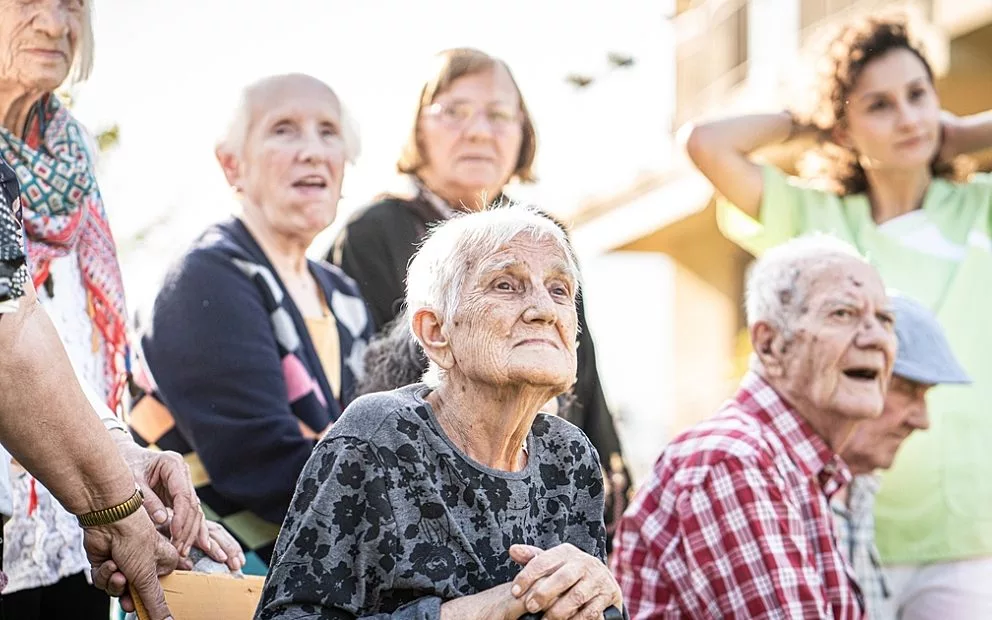Australia’s aged care sector will soon have a new tool to improve care by providing accurate quality and safety comparisons between aged care homes.
The tool is an Outcome Monitoring System (OMS) enabled through funding from The Hospital Research Foundation (THRF). It was designed using information from the SAHMRI-based Registry of Senior Australians (ROSA) to measure quality and safety in aged care based on 12 key indicators.
ROSA Director and THRF Mid-Career Fellow, Associate Professor Maria Inacio, says the registry’s OMS will promote transparency and accountability throughout the industry.
“The indicators have been chosen based on what’s being used in other countries and factors found to be associated with poor health and increased risk of harm,” she said.
“Additionally, the indicators can be examined using routinely collected data that’s available from State and Commonwealth Governments, eliminating the burden of collecting new information from aged care residents or service providers.”
ROSA recently used the OMS to assess data of individuals living in permanent residential aged care in Australia in 2016. The research was published in the International Journal for Quality in Health Care. It found:
- 1 in 2 residents experienced a high sedative load
- 1 in 4 were taking antipsychotic medication
- 1 in 4 were exposed to chronic opioid use
- 1 in 5 returned to the emergency department within 30 days of being discharged from
- hospital
- 1 in 10 had at least one fall requiring medical attention
- 2.3% of people living with dementia were hospitalised for dementia and/or delirium related episodes.
“Importantly, our OMS has been designed so that each indicator is risk-adjusted to account for the varying profile of individuals living in permanent residential aged care facilities,” A/Prof Inacio said.
“This allows comparisons of care homes to be made more fairly, taking into account the diverse spectrum of individual situations across the many facilities.”
ROSA’s OMS has been presented to the Royal Commission into Aged Care Quality and Safety in the hope it can inform recommendations for future policy changes regarding quality and safety monitoring within the sector.
“The OMS will also enable the development of strategies to improve the quality and safety of aged care services and reduce variation across the sector, leading to better health and wellbeing of older people living in aged care in Australia,” A/Prof Inacio said.
Currently 2,695 aged care facilities are operating nationally, caring for 242,000 people annually and subsidised by the Australian Government at a cost of $12.2 billion annually.
The 12 Indicators of Quality and Safety in Aged Care measured by the ROSA OMS are:
- High sedative load
- Antipsychotic use
- Chronic opioid use
- Antibiotic use
- Premature mortality
- Delirium and/or dementia hospitalisations
- Fractures
- Medication-related adverse events
- Weight loss and malnutrition
- Falls
- Pressure injury
- Emergency department presentation


